-
EXECUTIVE SUMMARY
-
MARKET INTRODUCTION
-
Definition
-
Scope of the Study
- Research Objective
- Assumptions
- Limitations
-
RESEARCH METHODOLOGY
-
Overview
-
Data Mining
-
Secondary Research
-
Primary Research
- Primary Interviews
- Breakdown of Primary Respondents
-
and Information Gathering Process
-
Forecasting Model
-
Market Size Estimation
- Bottom-Up Approach
- Top-Down Approach
-
Data Triangulation
-
Validation
-
MARKET DYNAMICS
-
Overview
-
Drivers
-
Restraints
-
Opportunities
-
MARKET FACTOR ANALYSIS
-
Value Chain Analysis
-
Porter’s Five Forces Analysis
- Bargaining Power
- Threat of New Entrants
- Threat of Substitutes
- Intensity of Rivalry
-
of Suppliers
-
5.2.2.
-
Bargaining Power of Buyers
-
COVID-19 Impact Analysis
- Market Impact Analysis
- Regional Impact
- Opportunity and
-
Threat Analysis
-
6.
-
GLOBAL FOOD TRAY SEALING MACHINES MARKET, BY TYPE
-
Overview
-
Manual
-
Semi-Automatic
-
Fully Automatic
-
GLOBAL FOOD TRAY SEALING MACHINES MARKET, BY APPLICATION
-
Overview
-
Fresh Food
-
Ready Meal
-
Processed Food
-
Others
-
GLOBAL FOOD TRAY SEALING
-
MACHINES MARKET, BY REGION
-
Overview
-
North America
- US
- Italy
- Spain
- Rest of Europe
-
8.1.2.
-
Canada
-
8.2.
-
Europe
-
8.2.1.
-
Germany
-
8.2.2.
-
France
-
8.2.3.
-
UK
-
Asia-Pacific
- China
- India
- Japan
- South Korea
- Australia
- Rest of Asia-Pacific
-
Rest of the World
- Middle East
- Africa
- Latin America
-
COMPETITIVE LANDSCAPE
-
Overview
-
Competitive Analysis
-
Market Share Analysis
-
Major Growth Strategy
-
in the Global Food Tray Sealing Machines Market,
-
Competitive Benchmarking
-
Leading Players in Terms of Number of Developments
-
in the Global Food Tray Sealing Machines Market,
-
Key developments and Growth Strategies
- New Product Launch/Service
- Joint Ventures
-
Deployment
-
9.7.2.
-
Merger & Acquisitions
-
Major Players Financial Matrix
- Sales & Operating Income, 2022
- Major Players
-
R&D Expenditure. 2022
-
COMPANY PROFILES
-
Multivac
- Company Overview
- Financial Overview
- Products Offered
- Key Developments
- SWOT Analysis
- Key Strategies
-
SEALPAC
- Company Overview
- Financial Overview
- Products Offered
- Key Developments
- SWOT Analysis
- Key Strategies
-
ULMA Packaging
- Company Overview
- Financial Overview
- Products Offered
- Key Developments
- SWOT Analysis
- Key Strategies
-
Ishida
- Company Overview
- Financial Overview
- Products Offered
- Key Developments
- SWOT Analysis
- Key Strategies
-
Tramper Technology
- Company Overview
- Financial Overview
- Products Offered
- Key Developments
- SWOT Analysis
- Key Strategies
-
Platinum Package
- Company Overview
- Financial Overview
- Products Offered
- Key Developments
- SWOT Analysis
- Key Strategies
-
BELCA
- Company Overview
- Financial Overview
- Products Offered
- Key Developments
- SWOT Analysis
- Key Strategies
-
Cima-Pak
- Company Overview
- Financial Overview
- Products Offered
- Key Developments
- SWOT Analysis
- Key Strategies
-
Ilpra
- Company Overview
- Financial Overview
- Products Offered
- Key Developments
- SWOT Analysis
- Key Strategies
-
Proseal
- Company Overview
- Financial Overview
- Products Offered
- Key Developments
- SWOT Analysis
- Key Strategies
-
APPENDIX
-
References
-
Related Reports
-
LIST OF TABLES
-
GLOBAL FOOD TRAY
-
SEALING MACHINES MARKET, SYNOPSIS, 2018-2032
-
GLOBAL FOOD TRAY SEALING MACHINES MARKET,
-
ESTIMATES & FORECAST, 2018-2032 (USD BILLION)
-
GLOBAL FOOD TRAY SEALING MACHINES MARKET,
-
BY TYPE, 2018-2032 (USD BILLION)
-
GLOBAL FOOD TRAY SEALING MACHINES MARKET, BY APPLICATION, 2018-2032
-
(USD BILLION)
-
TABLE
-
NORTH AMERICA: FOOD TRAY SEALING MACHINES MARKET, BY TYPE, 2018-2032 (USD BILLION)
-
NORTH
-
AMERICA: FOOD TRAY SEALING MACHINES MARKET, BY APPLICATION, 2018-2032 (USD BILLION)
-
US:
-
FOOD TRAY SEALING MACHINES MARKET, BY TYPE, 2018-2032 (USD BILLION)
-
US: FOOD TRAY SEALING
-
MACHINES MARKET, BY APPLICATION, 2018-2032 (USD BILLION)
-
CANADA: FOOD TRAY SEALING MACHINES MARKET,
-
BY TYPE, 2018-2032 (USD BILLION)
-
CANADA: FOOD TRAY SEALING MACHINES MARKET, BY APPLICATION,
-
EUROPE: FOOD TRAY SEALING MACHINES MARKET, BY TYPE, 2018-2032
-
(USD BILLION)
-
TABLE
-
EUROPE: FOOD TRAY SEALING MACHINES MARKET, BY APPLICATION, 2018-2032 (USD BILLION)
-
GERMANY: FOOD
-
TRAY SEALING MACHINES MARKET, BY TYPE, 2018-2032 (USD BILLION)
-
GERMANY: FOOD TRAY SEALING
-
MACHINES MARKET, BY APPLICATION, 2018-2032 (USD BILLION)
-
FRANCE: FOOD TRAY SEALING MACHINES MARKET,
-
BY TYPE, 2018-2032 (USD BILLION)
-
FRANCE: FOOD TRAY SEALING MACHINES MARKET, BY APPLICATION,
-
ITALY: FOOD TRAY SEALING MACHINES MARKET, BY TYPE, 2018-2032
-
(USD BILLION)
-
TABLE
-
ITALY: FOOD TRAY SEALING MACHINES MARKET, BY APPLICATION, 2018-2032 (USD BILLION)
-
SPAIN: FOOD TRAY
-
SEALING MACHINES MARKET, BY TYPE, 2018-2032 (USD BILLION)
-
SPAIN: FOOD TRAY SEALING MACHINES MARKET,
-
BY APPLICATION, 2018-2032 (USD BILLION)
-
UK: FOOD TRAY SEALING MACHINES MARKET, BY TYPE,
-
UK: FOOD TRAY SEALING MACHINES MARKET, BY APPLICATION, 2018-2032
-
(USD BILLION)
-
TABLE
-
REST OF EUROPE: FOOD TRAY SEALING MACHINES MARKET, BY TYPE, 2018-2032 (USD BILLION)
-
REST OF EUROPE:
-
FOOD TRAY SEALING MACHINES MARKET, BY APPLICATION, 2018-2032 (USD BILLION)
-
ASIA-PACIFIC:
-
FOOD TRAY SEALING MACHINES MARKET, BY TYPE, 2018-2032 (USD BILLION)
-
ASIA-PACIFIC: FOOD TRAY
-
SEALING MACHINES MARKET, BY APPLICATION, 2018-2032 (USD BILLION)
-
JAPAN: FOOD TRAY SEALING
-
MACHINES MARKET, BY TYPE, 2018-2032 (USD BILLION)
-
JAPAN: FOOD TRAY SEALING MACHINES MARKET,
-
BY APPLICATION, 2018-2032 (USD BILLION)
-
CHINA: FOOD TRAY SEALING MACHINES MARKET, BY TYPE,
-
CHINA: FOOD TRAY SEALING MACHINES MARKET, BY APPLICATION,
-
INDIA: FOOD TRAY SEALING MACHINES MARKET, BY TYPE, 2018-2032
-
(USD BILLION)
-
TABLE
-
INDIA: FOOD TRAY SEALING MACHINES MARKET, BY APPLICATION, 2018-2032 (USD BILLION)
-
AUSTRALIA:
-
FOOD TRAY SEALING MACHINES MARKET, BY TYPE, 2018-2032 (USD BILLION)
-
AUSTRALIA: FOOD TRAY
-
SEALING MACHINES MARKET, BY APPLICATION, 2018-2032 (USD BILLION)
-
SOUTH KOREA: FOOD TRAY
-
SEALING MACHINES MARKET, BY TYPE, 2018-2032 (USD BILLION)
-
SOUTH KOREA: FOOD TRAY SEALING MACHINES
-
MARKET, BY APPLICATION, 2018-2032 (USD BILLION)
-
REST OF ASIA-PACIFIC: FOOD TRAY SEALING
-
MACHINES MARKET, BY TYPE, 2018-2032 (USD BILLION)
-
REST OF ASIA-PACIFIC: FOOD TRAY SEALING
-
MACHINES MARKET, BY APPLICATION, 2018-2032 (USD BILLION)
-
REST OF THE WORLD: FOOD TRAY SEALING MACHINES
-
MARKET, BY TYPE, 2018-2032 (USD BILLION)
-
REST OF THE WORLD: FOOD TRAY SEALING MACHINES MARKET,
-
BY APPLICATION, 2018-2032 (USD BILLION)
-
MIDDLE EAST: FOOD TRAY SEALING MACHINES MARKET,
-
BY TYPE, 2018-2032 (USD BILLION)
-
MIDDLE EAST: FOOD TRAY SEALING MACHINES MARKET, BY APPLICATION,
-
AFRICA: FOOD TRAY SEALING MACHINES MARKET, BY TYPE, 2018-2032
-
(USD BILLION)
-
TABLE
-
AFRICA: FOOD TRAY SEALING MACHINES MARKET, BY APPLICATION, 2018-2032 (USD BILLION)
-
LATIN AMERICA:
-
FOOD TRAY SEALING MACHINES MARKET, BY TYPE, 2018-2032 (USD BILLION)
-
LATIN AMERICA: FOOD
-
TRAY SEALING MACHINES MARKET, BY APPLICATION, 2018-2032 (USD BILLION)
-
LIST OF FIGURES
-
RESEARCH PROCESS
-
MARKET STRUCTURE
-
FOR THE GLOBAL FOOD TRAY SEALING MACHINES MARKET
-
MARKET DYNAMICS FOR THE GLOBAL FOOD TRAY
-
SEALING MACHINES MARKET
-
GLOBAL FOOD TRAY SEALING MACHINES MARKET, SHARE (%), BY TYPE,
-
FIGURE
-
GLOBAL FOOD TRAY SEALING MACHINES MARKET, SHARE (%), BY APPLICATION, 2022
-
GLOBAL FOOD
-
TRAY SEALING MACHINES MARKET, SHARE (%), BY REGION, 2022
-
NORTH AMERICA: FOOD TRAY SEALING MACHINES
-
MARKET, SHARE (%), BY REGION, 2022
-
EUROPE: FOOD TRAY SEALING MACHINES MARKET, SHARE
-
(%), BY REGION, 2022
-
FIGURE
-
ASIA-PACIFIC: FOOD TRAY SEALING MACHINES MARKET, SHARE (%), BY REGION, 2022
-
REST OF THE
-
WORLD: FOOD TRAY SEALING MACHINES MARKET, SHARE (%), BY REGION, 2022
-
GLOBAL FOOD
-
TRAY SEALING MACHINES MARKET: COMPANY SHARE ANALYSIS, 2022 (%)
-
MULTIVAC: FINANCIAL
-
OVERVIEW SNAPSHOT
-
FIGURE
-
MULTIVAC: SWOT ANALYSIS
-
SEALPAC: FINANCIAL OVERVIEW SNAPSHOT
-
SEALPAC: SWOT ANALYSIS
-
ULMA PACKAGING: FINANCIAL
-
OVERVIEW SNAPSHOT
-
FIGURE
-
ULMA PACKAGING: SWOT ANALYSIS
-
ISHIDA: FINANCIAL OVERVIEW SNAPSHOT
-
ISHIDA: SWOT ANALYSIS
-
TRAMPER TECHNOLOGY:
-
FINANCIAL OVERVIEW SNAPSHOT
-
TRAMPER TECHNOLOGY: SWOT ANALYSIS
-
PLATINUM PACKAGE: FINANCIAL OVERVIEW SNAPSHOT
-
PLATINUM PACKAGE:
-
SWOT ANALYSIS
-
FIGURE
-
BELCA: FINANCIAL OVERVIEW SNAPSHOT
-
BELCA: SWOT ANALYSIS
-
CIMA-PAK: FINANCIAL OVERVIEW SNAPSHOT
-
CIMA-PAK: SWOT
-
ANALYSIS
-
FIGURE
-
ILPRA: FINANCIAL OVERVIEW SNAPSHOT
-
ILPRA: SWOT ANALYSIS
-
PROSEAL: FINANCIAL OVERVIEW SNAPSHOT
-
PROSEAL: SWOT
-
ANALYSIS

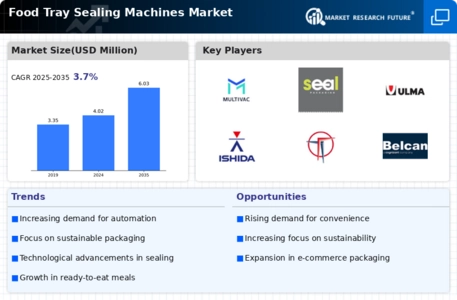


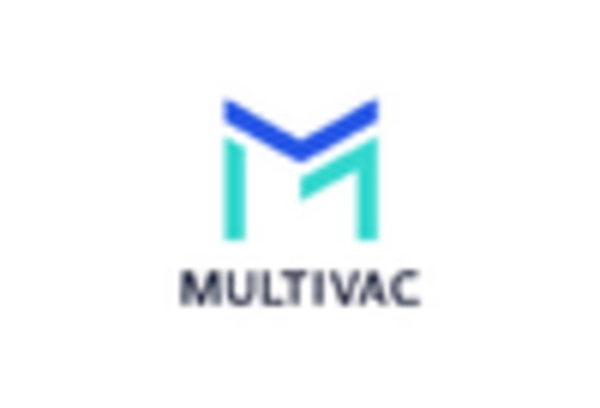
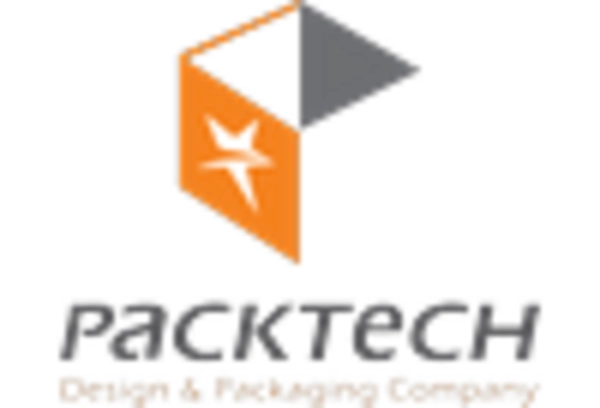
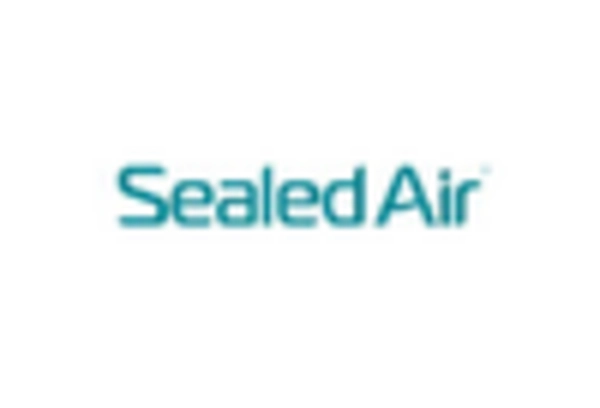
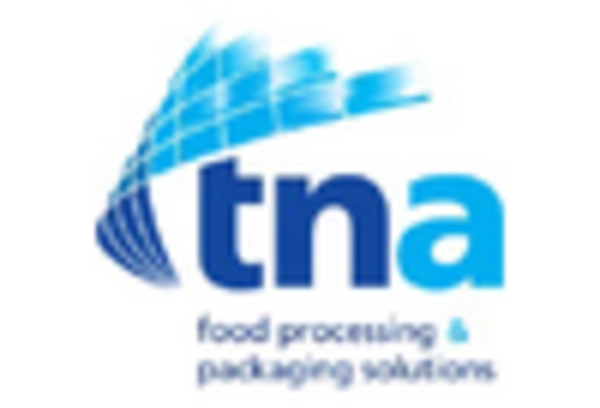
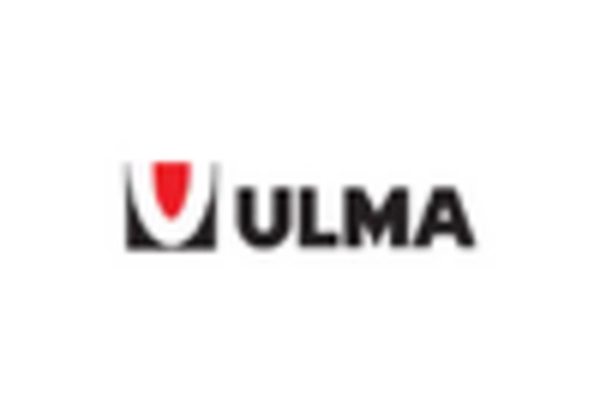

Leave a Comment